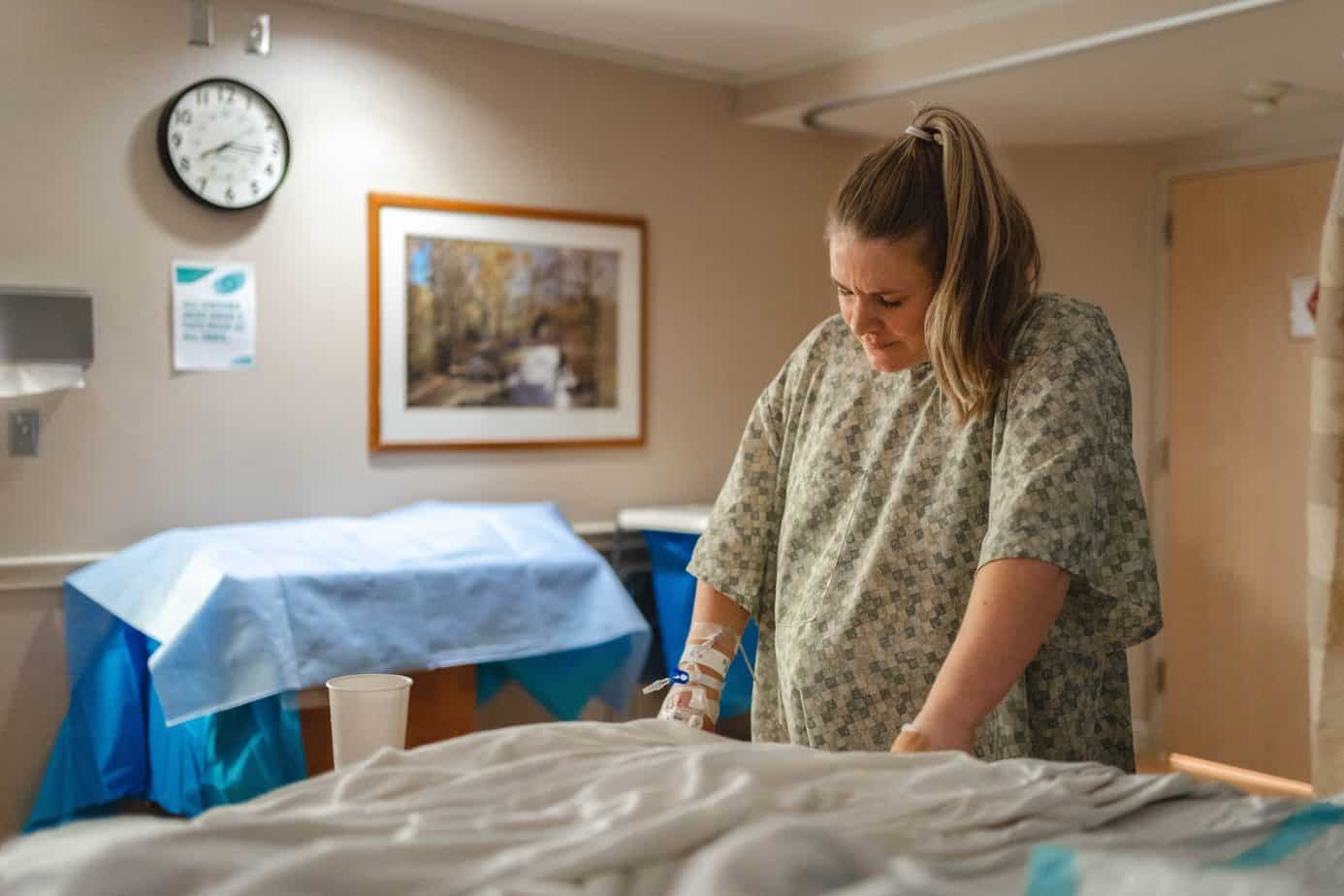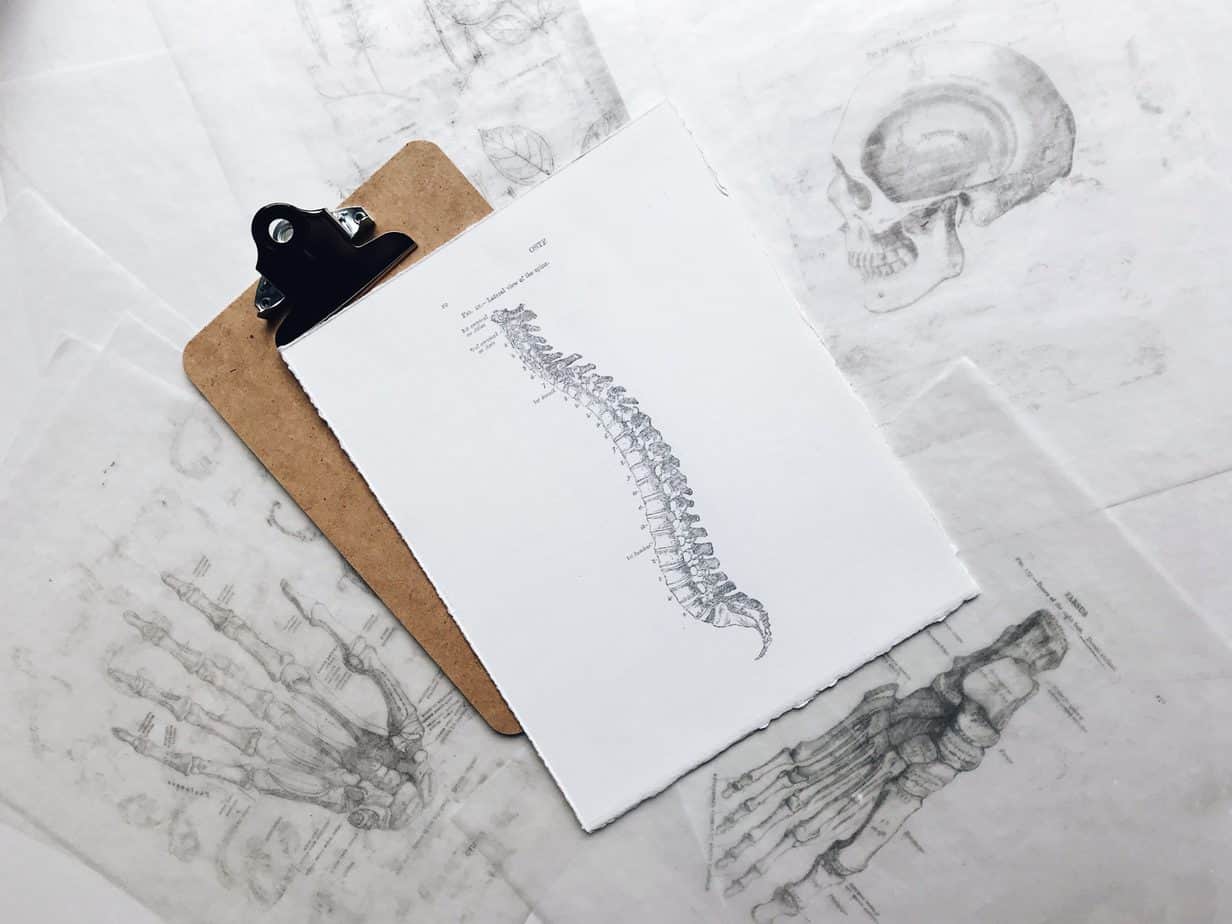Vulvodynia in a Nutshell

What is vulvodynia?
Vulvodynia is defined as chronic pain in the vulvar area.
How is vulvodynia classified?
Vulvodynia can be classified based on the causative factor of its:
- onset
- specific disease process or idiopathic
- pain location
- localized, generalized, mixed
- situations that elicit pain
- contact, spontaneous, mixed
- temporal pattern
- intermittent or constant
- onset
- primary: since patient’s first episode of vaginal penetration
- secondary: after a period of pain free activities
What causes vulvodynia to develop?
Current research shows that vulvodynia is not caused by a single disease process, but rather a constellation of symptoms of several disease processes. Below, the main understood causes of this disease process are explored.
- Neuroproliferation
- an increase in nerve endings (specifically nociceptors, the nerves that cause pain).
- This increase is hypothesized to create a greater than normal pain sensation in the area.
- Central nervous system abnormalities
- increased perception of both painful and non-painful stimuli
- Genetic polymorphism
- Myofascial and muscular holding patterns and clenching.
- These patterns lead to decreased blood flow to the area which ultimately causes sensations of pain.
- Hormonal abnormalities
- altered sex hormones.
- These changes can occur naturally (menopause) or iatrogenically (post hysterectomy).
- Embryological and congenital anomalies affecting the urogenital area
- Increases in inflammatory processes
- frequent allergic reactions
- Psychological factors:
- depressed mood
- increased anxiety
- History of abuse
How is vulvodynia assessed by a healthcare provider?
Vulvodynia is assessed primarily by gynecologists and pelvic floor physical therapists. The evaluation process will likely include the following elements:
- First, a “history” of the condition’s development will be taken. The medical practitioner will ask questions including those regarding pain characteristics and onset, other medical conditions, and psychological health.
- Then the hands-on component of the exam will occur. The doctor will likely ask you to change into a gown so that the vulva can be visualized. The doctor will use their finger or cotton swab to touch different areas near and on the vulva and will ask you to activate and relax the pelvic floor muscles.
- A speculum or digital exam, vaginal culture and blood work may be performed as well. A good practitioner will walk you through the process, letting you know what will be done next. You can ask for a hand held mirror to follow along with the evaluation.
How is vulvodynia treated?
Treatment of vulvodynia depends on the discovered root cause of the condition. Less invasive options are typically tried first, they include psychosocial counseling and pelvic floor physical therapy. Next, medicinal treatments are explored such as topical lidocaine, capsaicin, botulinum type A, corticosteroids, and topical estradiol and/or testosterone. Last, surgical options are considered, such as removing painful parts of the vulva. It is important to make sure your medical team is aware of the treatments being provided by other practitioners to ensure optimal healing!
References
- Pukall CF, Goldstein AT, Bergeron S, Foster D, Stein A, Kellogg-Spadt S, Bachmann G. Vulvodynia: Definition, Prevalence, Impact, and Pathophysiological Factors. J Sex Med. 2016 Mar;13(3):291-304. doi: 10.1016/j.jsxm.2015.12.021. PMID: 26944461.
- Goldstein AT, Pukall CF, Brown C, Bergeron S, Stein A, Kellogg-Spadt S. Vulvodynia: Assessment and Treatment. J Sex Med. 2016 Apr;13(4):572-90. doi: 10.1016/j.jsxm.2016.01.020. Epub 2016 Mar 25. PMID: 27045258.







